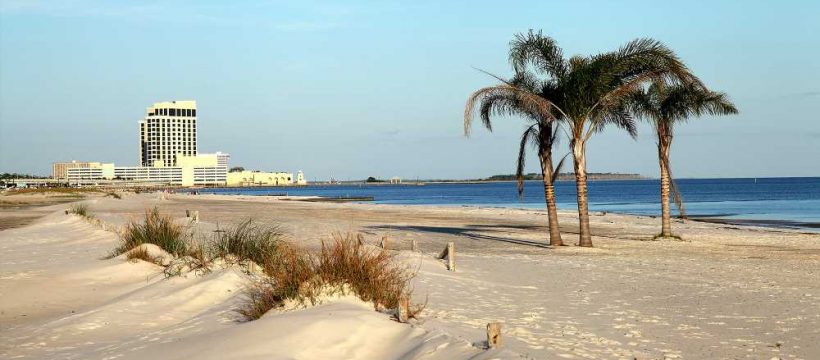A toxic bacteria sweeping the waters of Mississippi’s Gulf Coast has led to the indefinite closing of all of the state’s mainland beaches.
Since June 24, the Mississippi Department of Environmental Quality has issued precautionary water contact warnings due to a blue-green Harmful Algal Bloom (HAB) — also known as Cyanobacteria — extending into the area.
Exposure to the harmful algae-producing, noxious bacteria can be debilitating, according to the MDEQ website. Coming in contact with the bacteria could cause rashes, stomach cramps, nausea, diarrhea, vomiting and in some rare cases, fatalities have been reported.
People and their pets are being encouraged to avoid any kind of water contact such as swimming or wading, and have also been advised not to eat any fish or seafood sourced form affected areas.
Should anyone be exposed, the MDEQ instructs people to immediately wash with soap and water.
Though the warnings do not exactly prohibit the contact of the sand portion of the now-closed beaches, the properties along the mainland were still shut down to the public on Sunday for precautionary safety.
Only the beaches along Mississippi’s barrier island remain open by the National Park Service, NBC News reported. But they are currently being closely monitored.
The outlet also reported that the Blue-green HAB can only be eliminated from large bodies of waters when the tides flush it away.
The National Oceanic and Atmospheric Administration (NOAA) explains that blue-green HAB occurs naturally but “human activities that disturb ecosystems seem to play a role in the increased occurrence of some blooms.” Those “occurrences” can include everything from “climate change” to “increasing nutrient pollution” such as different fertilizers.
Beachgoers can easily identify the blue-green HABs, which often discolors water (think streaks of paint, floating on the surface) and “forms huge, smelly piles on beaches.”
The MDEQ has yet to announce any re-opening dates for the closed Mississippi beaches.
Source: Read Full Article
